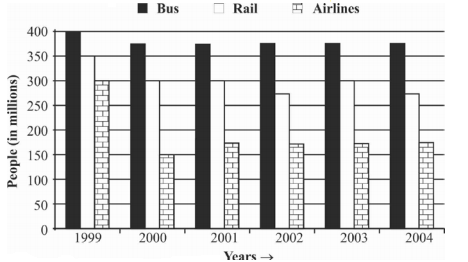 Introduction
Introduction
IB SA 2018-19 - Tier-I Examination, Written Exam of Objective type MCQs, has: a duration of 2 hours, a maximum score of 100 marks and consists of 4 sections, namely - General Awareness, Quantitative Aptitude, Logical/ Analytical Ability and English Language. The 4 sections are not separately timed. There is a Negative marking in IB SA Tier-I exam and 0.25 marks are deducted for each wrong answer. Candidates must clear the cut-off in all 3 sections to qualify for the IB SA Tier-II exam. The below sections give detailed information about IB SA Quantitative Aptitude.
 Pattern
Pattern
| S.No. | Name of Test/ Section (not in sequence) | Type of test | Max. Marks | Duration |
|---|---|---|---|---|
| 1 | General Awareness | Objective | 40 | 2 Hours |
| 2 | Quantitative Aptitude | Objective | 20 | |
| 3 | Logical/ Analytical Ability | Objective | 20 | |
| 4 | English Language | Objective | 20 |
 Syllabus
Syllabus
[Click Here] for Tier-I Exam Syllabus
Note:
Penalty for Wrong Answers
There will be negative marking of 1⁄4 mark for each wrong answer. No marks would be awarded for an un-attempted question.
 Samples
Samples
Simplification
1. Find the value of (25 × (10 + 5) – 15) ÷ 62
- A. 20
B. 10
C. 60
D. 0
E. None of these
- A. Rs. 7000
B. Rs. 8500
C. Rs. 8000
D. Rs. 7500
E. None of these
- A. 0
B. 1
C. y
D. y[latex]^ {2}[/latex]
E. None of these
- A. 48 ft
B. 54 ft
C. 63 ft
D. 72 ft
- A. 25 cm
B. 28 cm
C. 30 cm
D. 35 cm
- A. 28 days
B. 30 days
C. 32 days
D. 35 days
-
A. 12 years
B. 16 years
C. 18 years
D. 24 years
-
A. 420 days
B. 120 days
C. 105 days
D. 60 days
-
A. 20L
B. 40L
C. 90L
D. 100L
-
A. [latex]\frac {7}{24}[/latex]
B. [latex]\frac {23}{24}[/latex]
C. [latex]\frac {23}{35}[/latex]
D. [latex]\frac {29}{35}[/latex]
-
A. 34
B. 28
C. 12
D. 17
-
A. 20
B. 40
C. 512
D. 1024
-
A. 700
B. 650
C. 750
D. 600
E. 800
-
A. 70
B. 85
C. 75
D. 90
E. None of these
-
A. 35.7
B. 36.7
C. 37
D. 36.5
E. 35.5
-
A. 15 : 11
B. 9 : 7
C. 7 : 9
D. 11 : 15
E. None of the above
-
A. 88.5
B. 82.7
C. 85.7
D. 85
E. 89.5
-
A. 445
B.450
C.405
D.504
E.None of these







